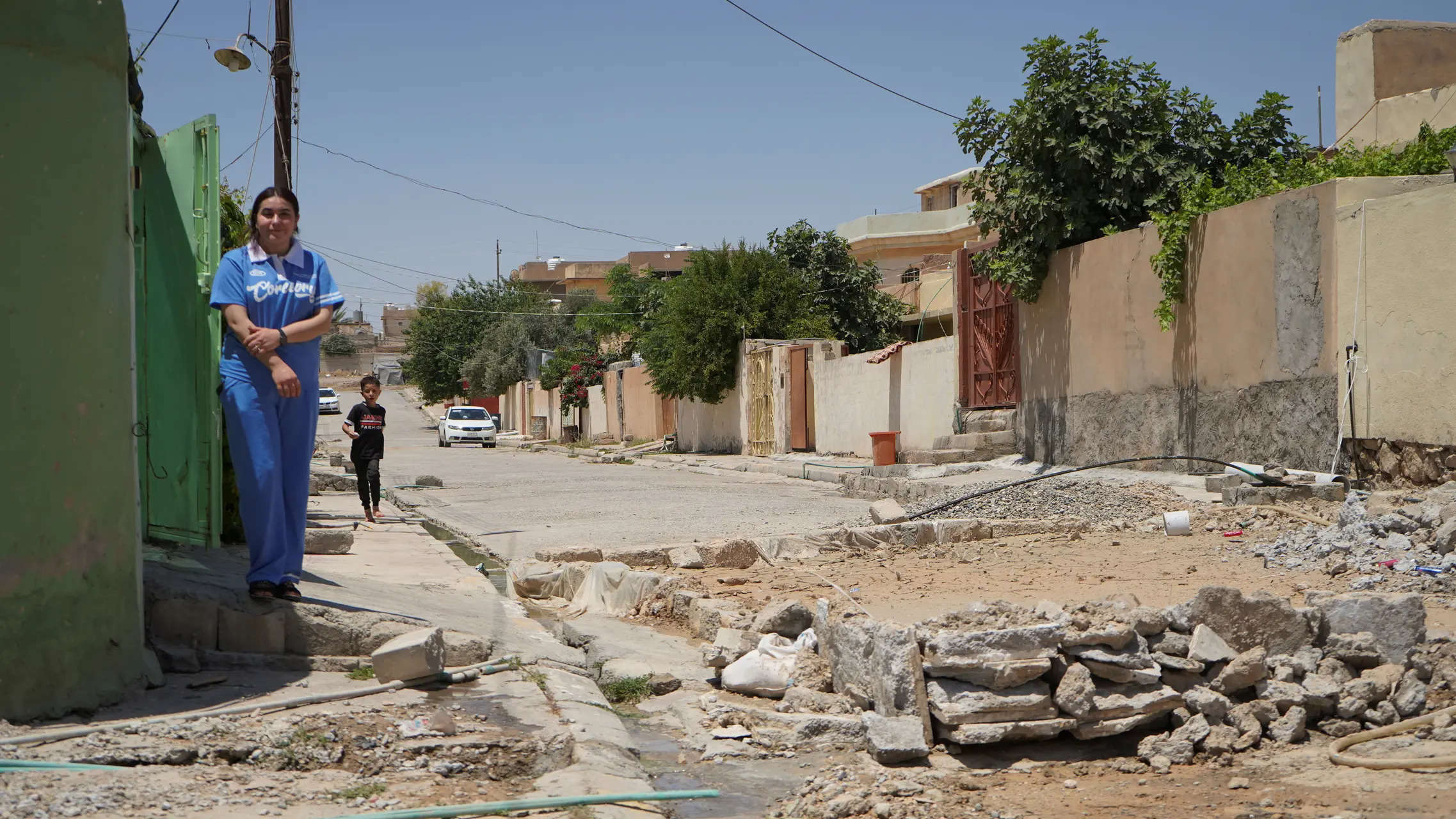
IN time for the fourth session of the Intergovernmental Negotiating Committee (INC) to develop an international legally binding Global Plastics Treaty, a team of researchers put together "PlastChem: State of the Science on Plastic Chemicals," a comprehensive report on chemicals used and found in plastics. About 4,200 of the 16,000 chemicals identified were flagged as "chemicals of concern" due to toxicity, persistence, bioaccumulation and/or mobility.
The number could be much higher, though, as the scientists found that hazard information for two-thirds of the chemicals was incomplete. The team identified 161 plastic chemicals — about 1 percent of the total — that could be considered "not hazardous." However, "none of them has been fully assessed for all relevant hazard properties."
The online science magazine Scientific American reached out to the plastic industry for reactions to the PlastChem report. The industry assured the public that plastic "as a material continues to offer safety, protection and efficiency while also being able to be reused and recycled" (Scientific American, March 14, 2024).
Scientific American puts the assurance of reusability and recyclability in perspective by adding, "Global plastic recycling rates are as low as 9 percent, according to the Organization for Economic Cooperation and Development." Fifteen percent of plastic waste is collected for recycling, but only 60 percent of it is actually recycled. The rest is discarded due to poor quality.
So, not only do we have a vast array of chemicals going into plastic production, but they are toxic, persistent, bioaccumulative and mobile; the extent of hazardousness is shrouded in a lack of transparency and information, and they are part of one of the biggest, most complex, global pollution problems. Society is unable to "assess, let alone manage" these plastic chemicals and other substances identified as "novel entities" by Linn Persson and colleagues from the Stockholm Environment Institute (2022). The "number of grossly contaminated locations is increasing despite remediation," a sign that "we are now in a zone of exceedance of the planetary boundary for novel entities" (Persson et al., 2022).
Going back to the myth of plastic recycling, the 2023 Minderoo-Monaco Commission on Plastics and Human Health found that precisely the presence of "a large number of chemicals in plastics is ... a persistent impediment to recycling and to achieving global plastic circularity goals." Chemical analysis of toys, fabrics, tires, food contact materials and construction materials made from recycled plastics have shown larger quantities of hazardous chemicals leaching out compared to products made from virgin plastic.
The Minderoo-Monaco Commission report concludes that "reckless increases in plastic production, and especially increases in the manufacture of an ever-increasing array of unnecessary single-use plastic products, need to be curbed."
Individually, as consumers, we have become so accustomed to the convenience that single-use plastics offer. Take the sachet. For people who are self-employed or laborers paid on a daily basis, buying basic goods in sachets or small volumes is borne out of necessity. In crowded urban areas, where people share limited private space with many others, relatives or strangers, buying consumer goods for the day only is probably wise. So, for a number of reasons, sachets are popular among Filipino consumers, contributing significantly to the local plastic waste crisis. But there are alternatives.
Greenpeace Philippines is behind an initiative to prove that small-volume purchases can be made sustainably, environment-wise, and economy-wise. The organization, its partners and some Metro Manila local government units joined hands to pilot a refill business model dubbed "Kuha sa Tingi." The starter kit worth about P5,000 contains dishwashing liquid, laundry detergent, fabric conditioner and multipurpose cleaner, plus dispensers and measuring cups. Customers of participating sari-sari stores bring their own containers that are then filled or refilled using the measuring cups. The private supplier Greenpeace teamed up with for this project delivers the items to the sari-sari stores.
While the pilot phase — implemented in San Juan City and Quezon City — saw its challenges, stores were able to realize profit from the sales while consumers also saved money. The Quezon City government even decided to expand the project from the 30 pilot stores to 1,000 stores. Based on projections, Quezon City can avoid 1 million pieces of sachet waste per month.
Greenpeace Philippines emphasizes that the key to sustaining, expanding and replicating the Kuha sa Tingi project beyond the pilot phase is that the project benefits both the stores and the consumers: "Reuse and refill systems must be competitive in comparison to their single-use counterparts for them to be adopted, scaled or replicated ... and for these [alternative delivery systems] to gain widespread acceptance among consumers."
Plastic, for all its usefulness, is also inherently harmful, from cradle to grave. Pushing back on plastic waste starts with reducing plastic production. Planet Earth needs a strong and binding Global Plastics Treaty.
Read The Rest at :








